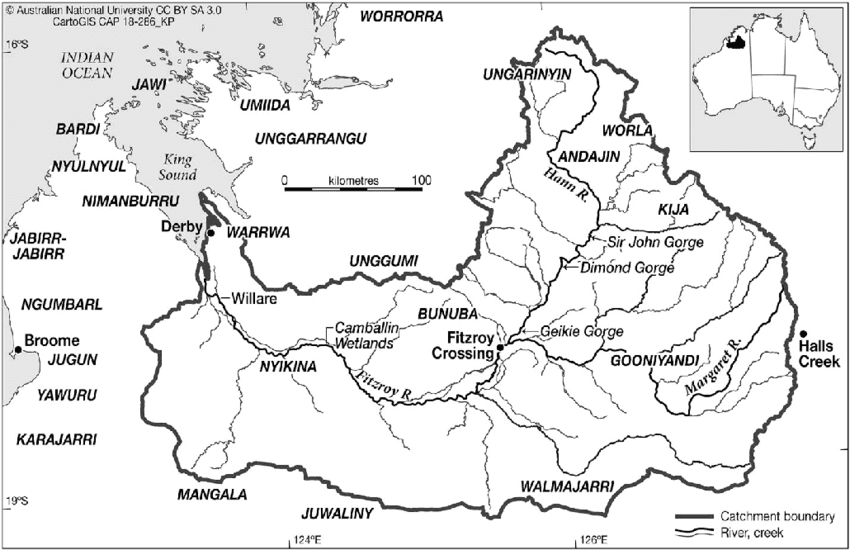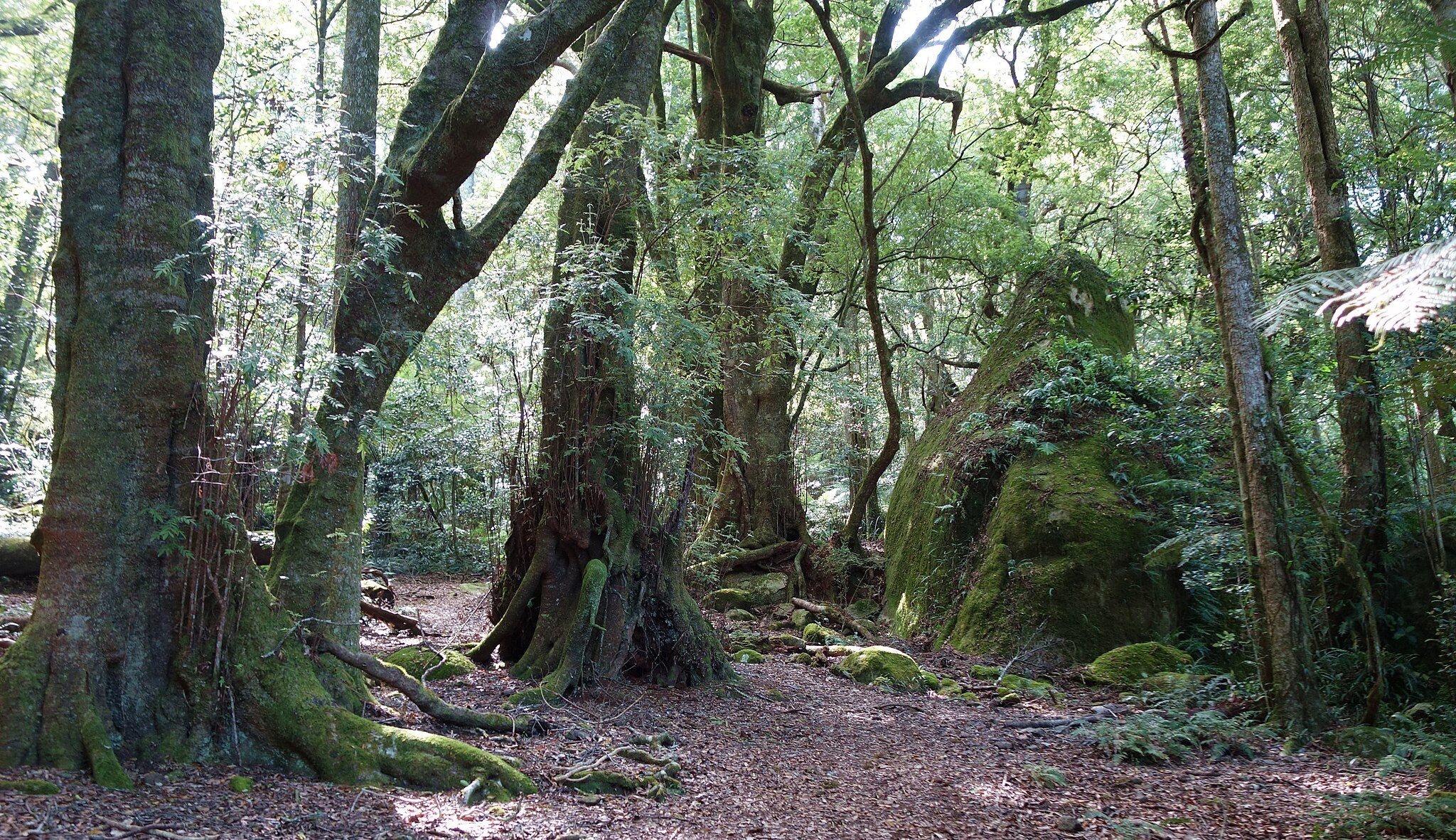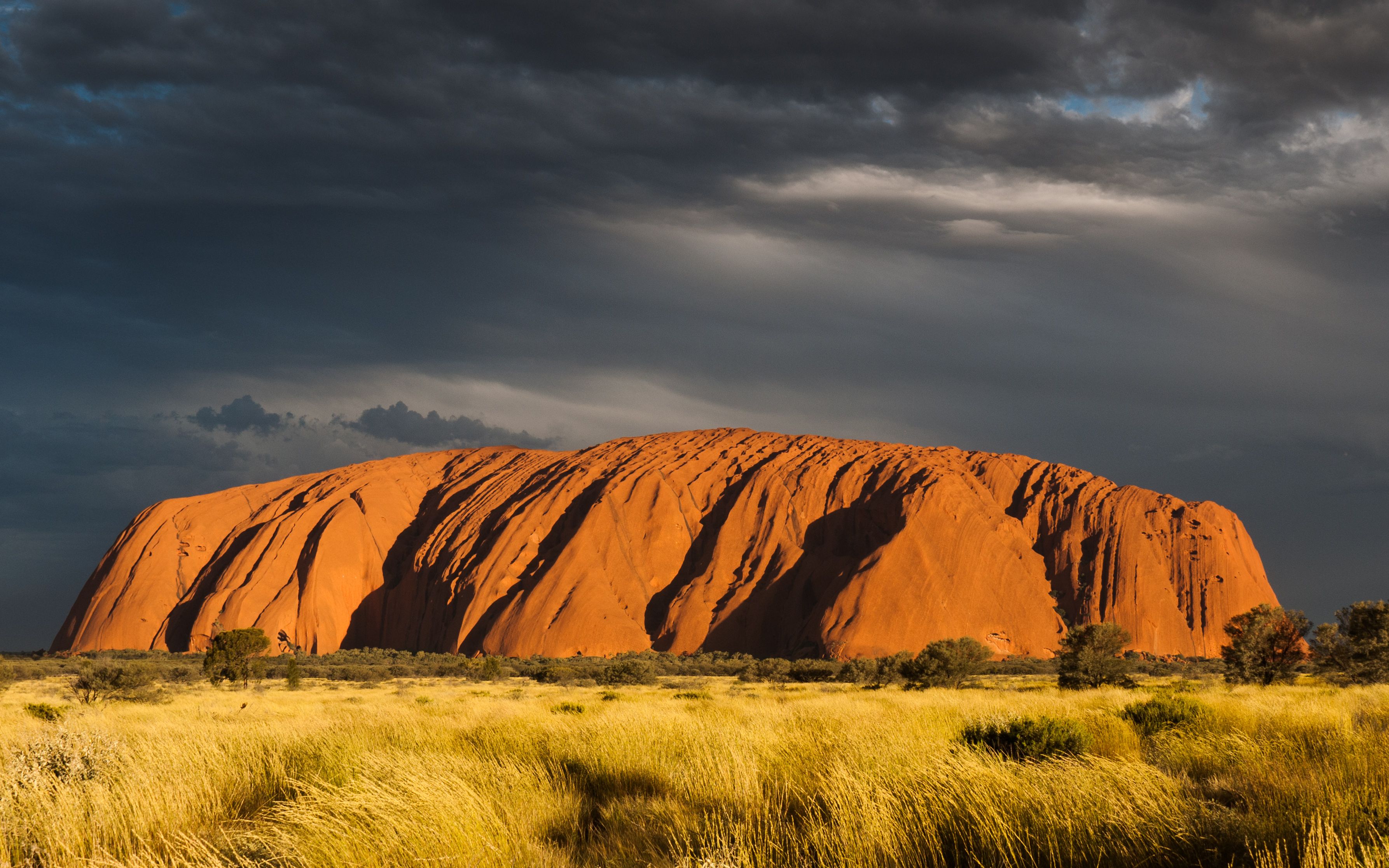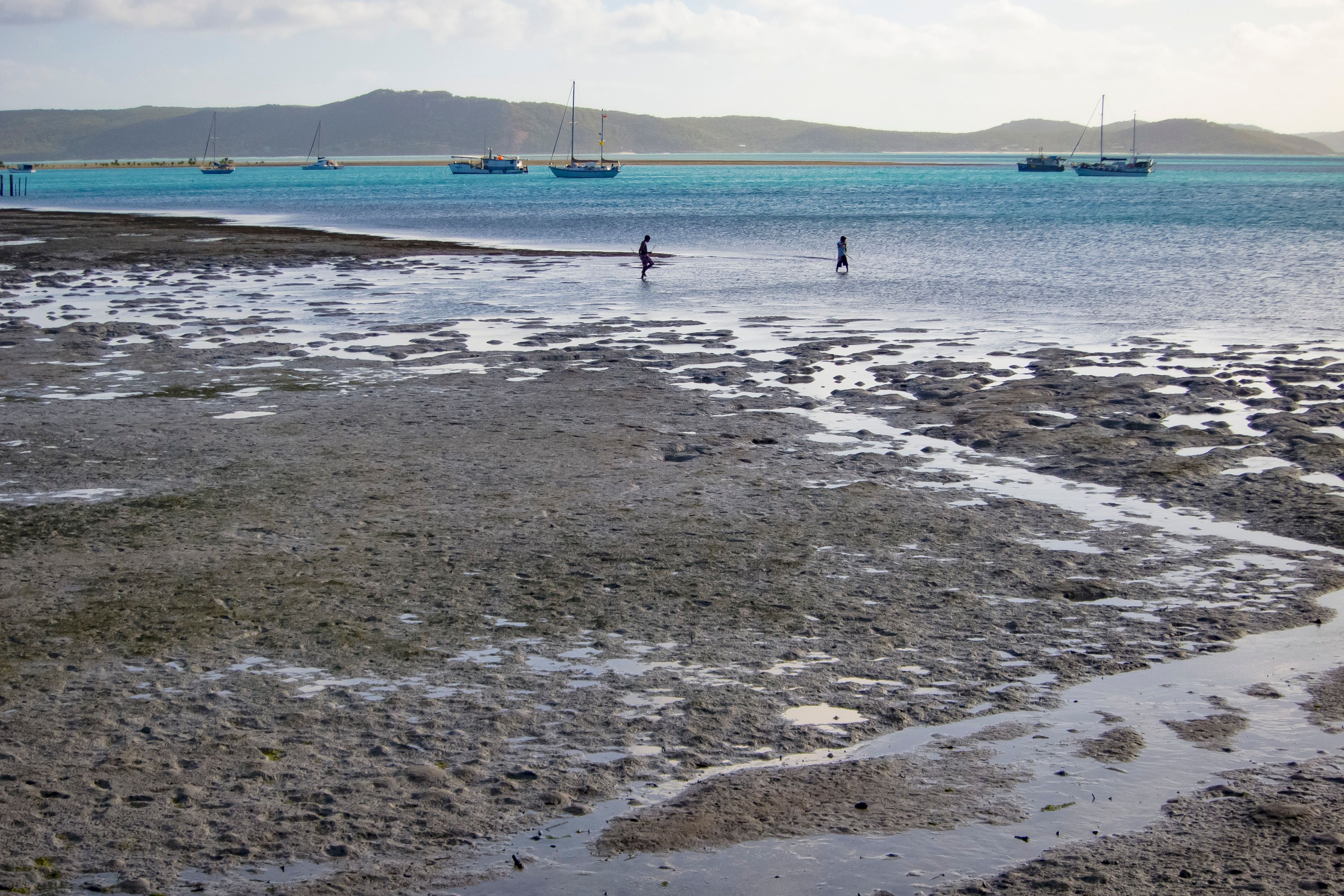Home/Curriculum resources/Learning about Country/Place/Case Study 1: Martuwarra / Mardoowarra (Fitzroy River)
Learning Areas:
English, Humanities and Social Sciences, The Arts
Year levels:
Level 3, Level 4
Case Study 1: Martuwarra / Mardoowarra (Fitzroy River)
This case study is a part of the Learning about Country/Place resource.
Fitzroy River at Fitzroy Crossing. Photographer: Zamphuor. Source: Wikimedia commons. Used under licence: CC BY-SA 3.0

Case Study 1: Martuwarra / Mardoowarra (Fitzroy River)
Martuwarra or Mardoowarra is the Nyikina name for the Fitzroy River, in the Western Kimberley region of Western Australia, it covers 750km from the east Kimberley to its discharge at King Sound, south of Derby. The river is listed in both the Western Australian Aboriginal Cultural and the National Heritage Listings for its environmental and cultural value. It makes up more than 20 percent of the Kimberley region 0 .
The river is also the major remaining habitats for the critically endangered sawfish, which was a traditional food source for people living along the river. The Nyikina and Walmajarri Peoples caught sawfish by putting bark from a mangrove freshwater tree into the watercourse, which removes oxygen from the waster causing the fish to float and therefore become easy to catch 0 .
Figure 1: Saw Fish (Pristis pristis - Daly River). Photographer: Peter Kyne. Source: Wikimedia Commons. Used under licence: CC BY 3.0.
For the First Nations Peoples of the Mardoowarra, the river was formed in the beginning of time by Nyikina ancestor, Woonyoomboo. The Woonyoomboo story tells of how Woonyoomboo (the Night Heron) speared the serpent Yoongoorokoo, who created Martuwarra (the river) in the Bookarrarra (meaning the past, the present, and the future fused into this moment in time) 0 .
The Martuwarra River flows through the lands of ten different Traditional Owner groups, where at least nine Aboriginal languages are spoken. The law and lore of these groups reflect a deep interdependence between Country and people 0 . These Traditional Owner groups include the Bunuba and Nyikina Peoples in the west, the Walmajarri in the south, the Gooniyandi in the central Kimberley, and the Wangkatjunka in the southeast 0 . For all ten Traditional Owner groups, the Martuwarra River is recognised as a living ancestral being.

Figure 2: Location of the Martuwarra (Fitzroy River) Catchment, Western Australia, showing the general location of Indigenous nations. From: Poelina, Anne, Katherine Taylor, and Ian Perdrisat. “Martuwarra Fitzroy River Council: An Indigenous Cultural Approach to Collaborative Water Governance.” Australasian Journal of Environmental Management 26 (2019): 1–19. Used with permission
Much activism and work is afoot to protect Martuwarra from having its water diverted for farming. Recently, “More than 80 Traditional Owners from 10 Traditional Owner groups across the Kimberley have gathered in Fitzroy Crossing to discuss the future of the Martuwarra Fitzroy River at an event hosted by the Kimberley Land Council and the Martuwarra Fitzroy River Council” 0 .
The Martuwarra Fitzroy River Council is constituted of Traditional Custodians from Bunuba, Gooniyandi, Nyikina, Wangkatjunka and Walmajarri groups and is actively working to ensure the river is maintained and protected.

Related case studies within this resources:

Case Study 2: Gulaga Mountain (Mount Dromadery)
Gulaga Mountain (Mount Dromadery) is an illustration of connection to Country for the Yuin people.

Case Study 3: Uluru
Uluru is an illustration of connection to Country and the ways that maintaining and claiming this connection can be challenging.

Case Study 4: The Torres Strait Islander Seascape
Torres Strait Islander Peoples have a deep cultural and natural connection to the seascape that surrounds the hundreds of islands that make up the Torres Strait.